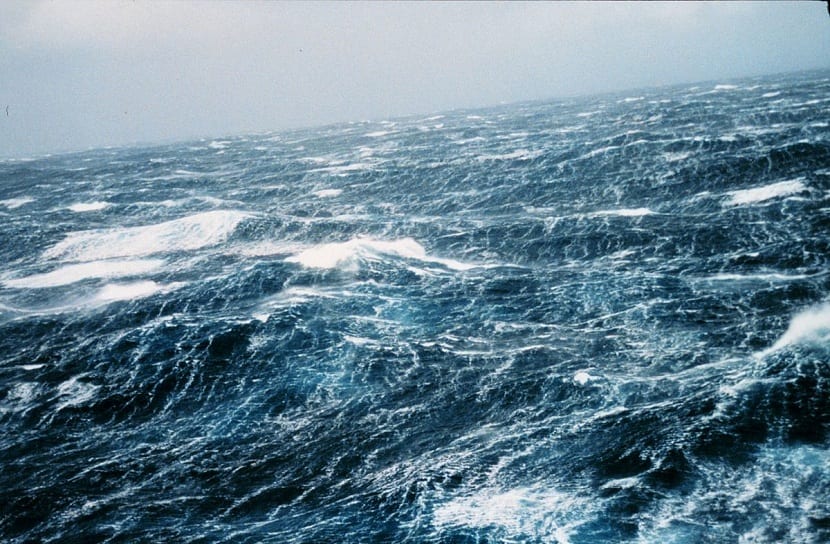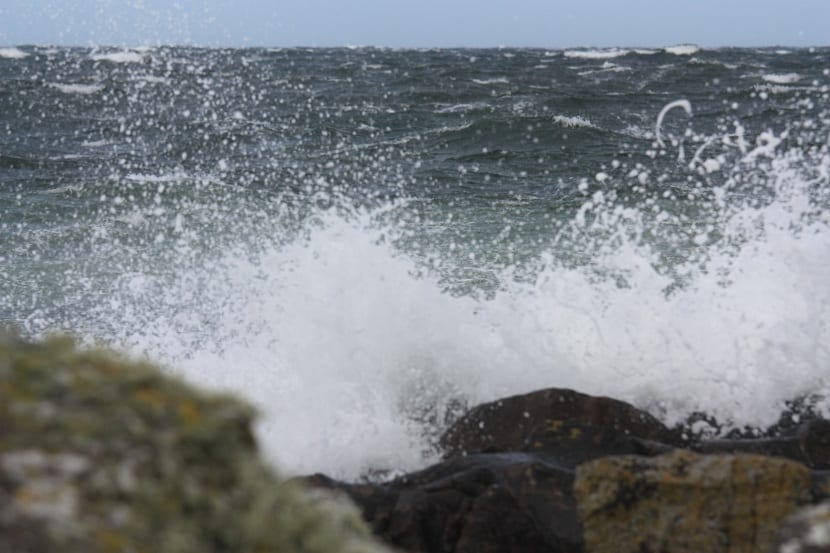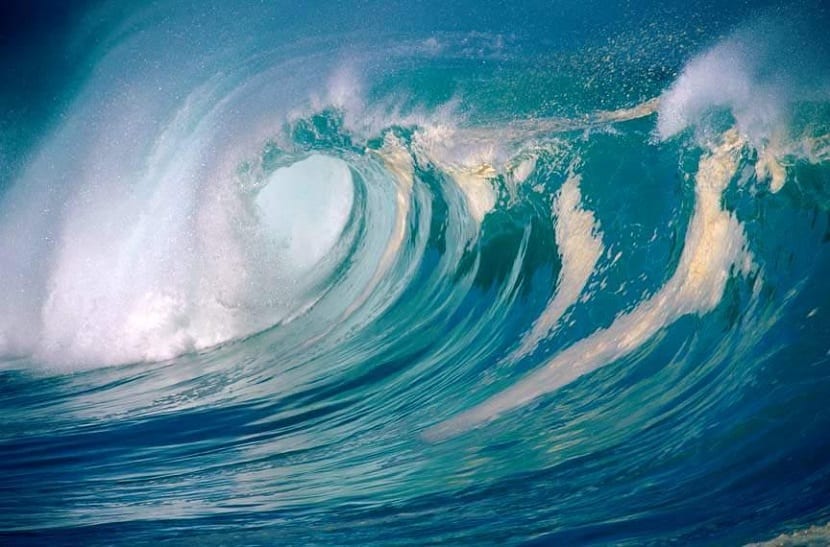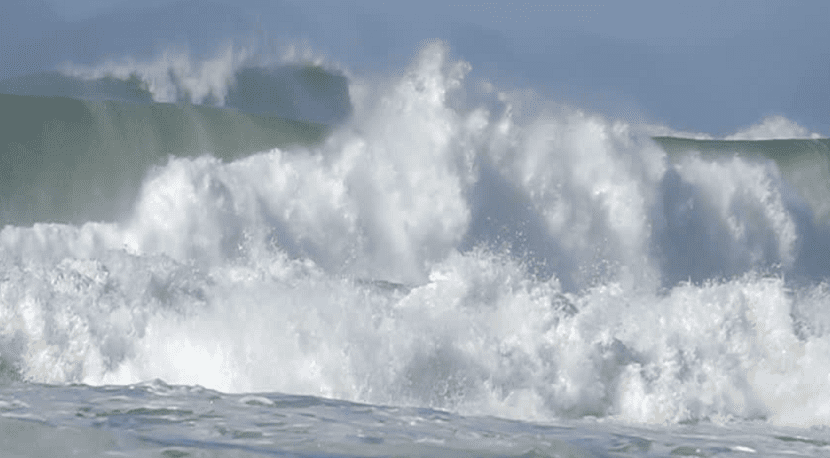
When you think about the sea and the oceans, you immediately think of the sound that the waves make. It would be impossible to imagine the beach without waves. Since we were little they teach us that waves are in continuous production and destruction and that they are energy that moves across the surface of the ocean.
Today we are going to know everything related to the swell, the parts of a wave and the giant waves registered worldwide. Do you want to know more about the functioning of the seas and oceans?
Wave characteristics

As it is already known, the wind is responsible for the generation of the waves that move along the surface of the water of the seas and oceans and that plays a fundamental role in marine life. In addition, waves affect in an important way the modification of coastal zones. Depending on the type of swell on a coast, it will take one form or another.
The waves are divided into several types depending on the place and the intensity with which they are formed. The first is the deep water waves that are generated in places where the seabed is very low and does not influence in any factor the generation and dynamics of the wave. On the other hand, we have the coastal waves which are influenced by the morphology of the sea floor as it has less depth.
Waves are wave movements, periodic oscillations of the sea surface, formed by crests and depressions that move horizontally. They are mainly characterized by their wavelength, period, slope, height, amplitude, and velocity of propagation.
The waves are too variable to be able to analyze and describe them. Therefore, statistical methods are used. Deep water waves generate a more or less regular movement on the surface of the seas and oceans that we call swell in which the height of the wave is relatively low in relation to the length of the wave. The swell spreads through the ocean, reaching places very far from the origin.
Areas where the swell occurs

The main areas where waves are generated are those where winds blow from the west in the temperate zones of both hemispheres. Outside of these regions, there is only one important area with wave generation. It is the Arabian Sea. In this area, during the months of June, July and August, there is a strong swell caused by the summer monsoon.
It is very rare for the trade winds to generate large waves. However, tropical cyclones do generate strong waves of irregular shape. Most of the waves observed in the intertropical regions originate from the regions of higher latitudes and are spread freely over thousands of kilometers.
The regions where the frequency of winds is higher produce waves with greater activity and size. The southern storm belt is the area that is capable of generating the greatest waves, since the strongest and most persistent winds are recorded.
Parts of a wave

Although we know the dynamics of the swell and how it works in relation to the speed and direction of the wind, we cannot stop there. When a wave is generated, it is divided into several parts.
Still water line
This line corresponds to the ocean level when not affected by the waves. This is the line that is taken as a reference to the ocean over a long period of time so that, when the waves occur, the height of the waves can be added and subtracted with respect to that measurement. This still water line is marked in the center of the deep water wave and is located lower when the waves are coastal.
Crest of the wave
Perhaps this is the part most known to all. It is the highest point of the wave. It is famous for surfers and is recognized by the white water and foam that is generated when the wave begins to bend and fall.
Valle
It is the opposite of the crest of the wave. It is the lowest point. In order to see it, the lowest point between two waves must be observed.
Height
Height is often confused with crest. However, the height of the wave is the difference between the crest and the valley. What that distance measures is the height of the wave.
Wavelength
Is what you measure the horizontal distance between two waves. The measurement can be made between crest and crest or valley and valley.
Period
The period of a wave is the one that measures the time that occurs between one wave and another. This measurement is made by choosing a fixed point and calculating the time it takes for the crest of the wave to pass to the second crest. This time is also measured from valley to valley.
Frequency
Frequency is somewhat similar to period, but with the difference that it only measures the total number of waves that pass through a reference point per unit of time.
Amplitude
Amplitude is the distance between the still water line and the crest of the wave. You could say that it is the height of the middle of the wave.
Giant waves

Throughout history there have been giant waves that have caused extensive damage. But how does a giant wave form?
For these types of waves to form, a strong wind is needed to generate the movement of the sea surface and an adequate seabed morphology. If the seabed has a depression a few kilometers deep (like a cannon) the wave will be able to reach the coast with all its force, since it hardly loses power due to the continuous friction with the bottom.
In this way, giant waves can be produced that become a challenge for surf lovers.
With this information you can learn a little more about the dynamics of our seas and oceans.
The material they share is very good and it is very useful to teach because they have information, drawings and their writing is understandable for anyone who reads.
davedkrosjfregjouybifjnzoeycnv